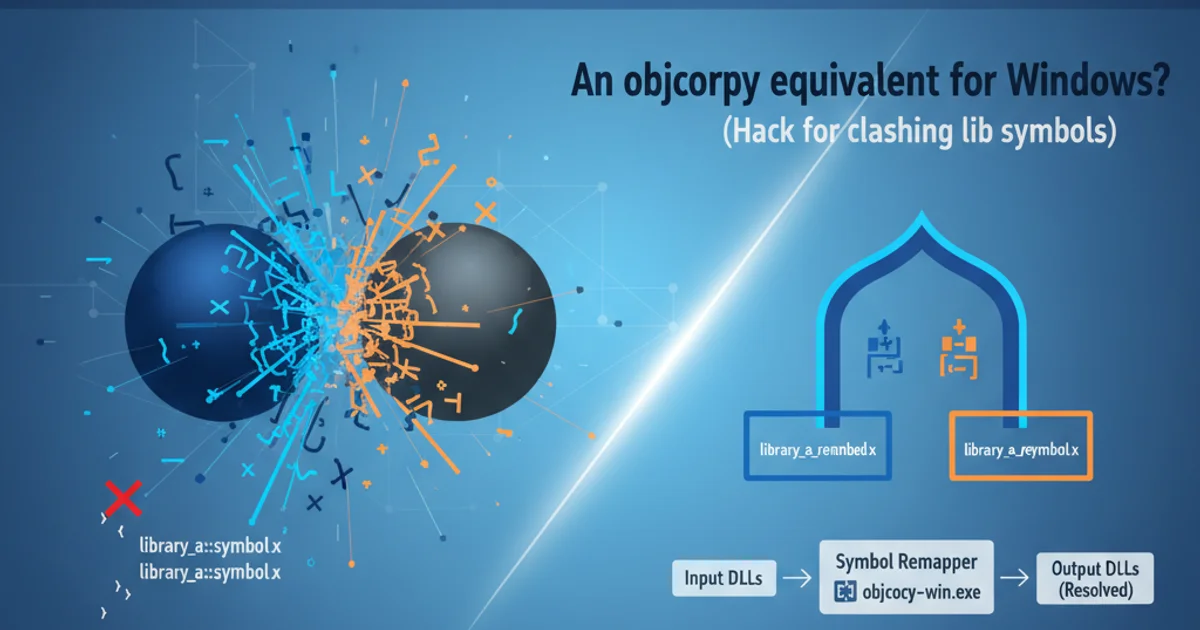Arduino - delay() function vs. c - usleep() function
Categories:
Arduino delay() vs. C usleep(): Understanding Timing Functions

Explore the differences between Arduino's delay() and C's usleep() functions, their typical use cases, and how they impact real-time embedded systems programming.
In embedded systems programming, particularly with Arduino, precise timing is crucial. Developers often need to pause program execution for a specific duration. Two common functions for achieving this are Arduino's built-in delay() and the standard C library function usleep(). While both serve to introduce a pause, their underlying mechanisms, precision, and typical environments differ significantly. Understanding these distinctions is key to writing efficient and reliable code for your projects.
Arduino's delay() Function
The delay() function in Arduino is a blocking function that pauses the program for a specified number of milliseconds. It's straightforward to use and is a staple for beginners due to its simplicity. However, its blocking nature means that during the delay period, the microcontroller cannot perform any other tasks, such as reading sensors, updating displays, or responding to interrupts (unless the interrupt service routine is very short and specifically designed to run during the delay).
void setup() {
Serial.begin(9600);
}
void loop() {
Serial.println("Hello");
delay(1000); // Pause for 1 second
Serial.println("World");
delay(1000);
}
Basic usage of delay() in an Arduino sketch.
delay() is simple, excessive use can lead to unresponsive programs, especially in applications requiring continuous monitoring or rapid response times. For non-blocking delays, consider using millis().C's usleep() Function
The usleep() function is part of the POSIX standard (unistd.h) and is typically found in Unix-like operating systems (Linux, macOS, etc.). It pauses the execution of the calling thread for a specified number of microseconds. Unlike Arduino's delay(), usleep() operates within an operating system context, where scheduling and multitasking are managed by the OS kernel. This means its precision can be affected by the OS scheduler, system load, and other running processes. It's not directly available or suitable for bare-metal Arduino programming without an underlying OS or specific porting efforts.
#include <stdio.h>
#include <unistd.h>
int main() {
printf("Starting...\n");
usleep(500000); // Pause for 500,000 microseconds (0.5 seconds)
printf("Halfway...\n");
usleep(500000); // Pause for another 0.5 seconds
printf("Done!\n");
return 0;
}
Example of usleep() in a standard C program on a Unix-like system.
delayMicroseconds(). This function is also blocking but offers higher precision for very short pauses.Key Differences and Use Cases
The fundamental difference lies in their execution environment and precision guarantees. delay() is designed for simple, single-threaded microcontrollers, providing a relatively accurate millisecond delay by busy-waiting or using timers. usleep(), on the other hand, is for multi-tasking operating systems, where it yields control to the OS scheduler, allowing other processes to run. Its precision is therefore subject to OS scheduling latency.
flowchart TD
A[Program Start] --> B{Environment?}
B -->|Arduino/Bare-metal| C[Use delay() or delayMicroseconds()]
C --> D[Blocking Execution]
B -->|OS (Linux/macOS)| E[Use usleep() or nanosleep()]
E --> F[Yields to OS Scheduler]
D --> G[Program Continues]
F --> GDecision flow for choosing timing functions based on environment.
When working with Arduino, delay() is perfectly acceptable for simple tasks where blocking the CPU for short periods doesn't impact functionality. For more complex projects requiring concurrency or responsiveness, non-blocking techniques using millis() are preferred. When developing applications on systems with an operating system, usleep() (or nanosleep() for higher precision) is the appropriate choice for pausing threads, as it integrates with the OS's scheduling mechanisms.